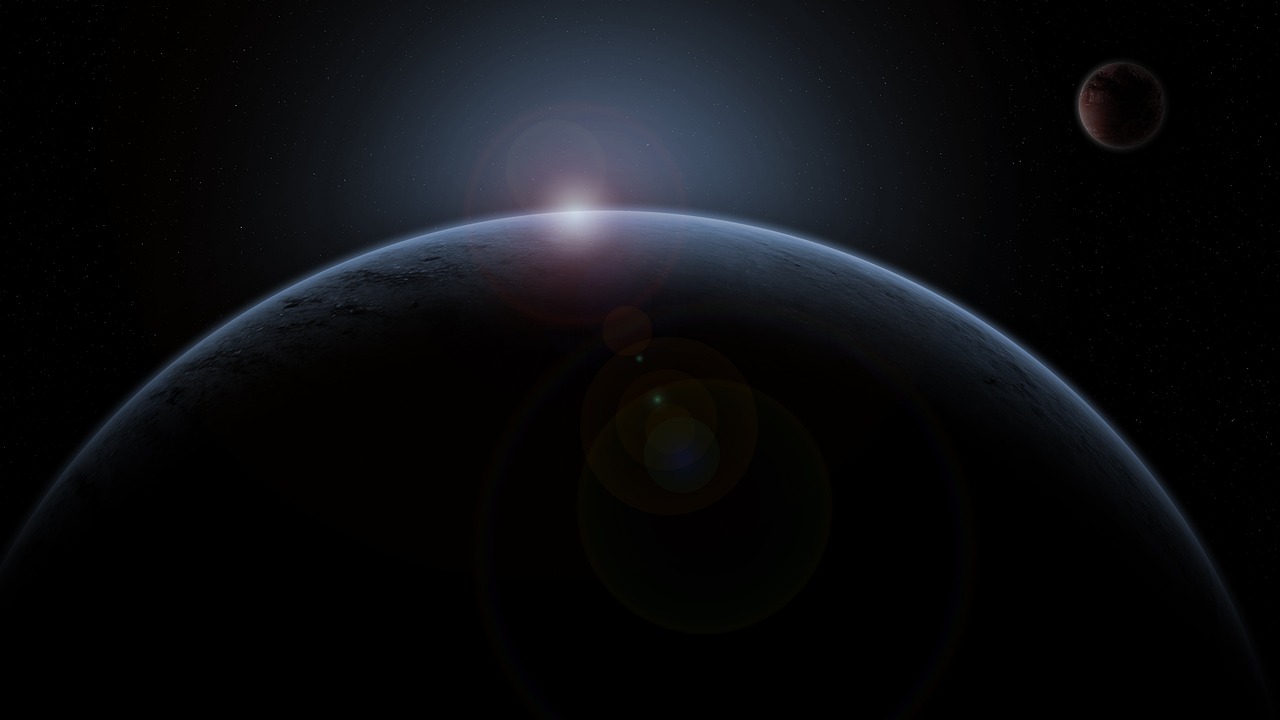Although not all of us will be able to see the eclipse on April 8 and we will have to wait a couple of years for one that is visible throughout the peninsula, we can prepare the ground to portray it in the best possible way. Although professional cameras have important advantages, mobile phones do allow you to take advantage of some options that SLRs do not have. This is what you owe know how to photograph an eclipse with your mobile.
Camera phones have capabilities that many specialized devices cannot match. ANDIt's lightweight, has built-in orientation detection (GPS) and has specific programs for dark and light conditions. In addition, thanks to its computational photography functions, it focuses the image automatically and, if that were not enough, provides image stabilization.
Still, you have to be careful when photographing an eclipse with a smartphone, it can not only damage your eyesight, but also damage the camera sensor and your eyes. In fact, it is necessary to use a solar filter on the lens, according to experts: “When viewing or photographing the partial phases of a solar eclipse or the maximum phase of an annular eclipse, you should use a solar filter. Although 99% of the sun is covered by the moon, the remaining 1% of the crescent is dangerous to see without protection and can cause serious eye damage or blindness.” SLR cameras surpass a smartphone in terms of raw image quality, versatility and creative control: They have larger sensors, capture more light and detail, and have interchangeable lenses.
But the phones have the option of computational photography: uses data processing, such as location, time of day, personal preferences and other information, to improve the images. Most smartphones have these features, but very few cameras do.
One of these options is to activate, in camera settings, HDR, or high dynamic range. This technique combines multiple exposures of the same scene to capture a wider range of brightness levels, from deep shadows to bright highlights. By merging these exposures, the HDR system allows you to obtain images with a more balanced exposure and greater detail.
He night mode is another function that we can use. Using a computational photography technique called stacking, Night Mode captures multiple images at different exposure levels and combines them to create a single, well-lit image with a wide dynamic range.
This process preserves the highlights of an image and the details of the environment, while keeping the shadows dark. In both cases it is recommended to use tripods or have a solid support for your mobile. Another important detail is the composition. Everyone will make the typical image of the covered solar ring, but there are other options. On the one hand, we can have the complete path that shows the Moon covering the Sun, something that generally does not last more than 5 minutes, at most.
For example in There could be more to an eclipse image than the sky. Animals react to an eclipse in different ways than usual: birds can, for a few moments, recover their nocturnal habits, while other animals can come out of their hiding places. We can also focus on the reaction of those around us and not just on the stars. Multiple exposure is also another tool that is very easy to program with a mobile phone and can give results comparable to the most sophisticated cameras in a more economical way.
With HDR and night mode active, we can look for dappled lights and dark shadows. The light will take on an otherworldly atmosphere as the Moon moves in front of the Sun. The light can take on a peculiar silvery hue. We can also take advantage of patterns in nature: light filtering through the spaces between leaves will cast hundreds of tiny versions of the eclipse on the ground.
The options are very different and numerous and you have to take advantage of the mobility that smartphones allow to get more original use out of it.

